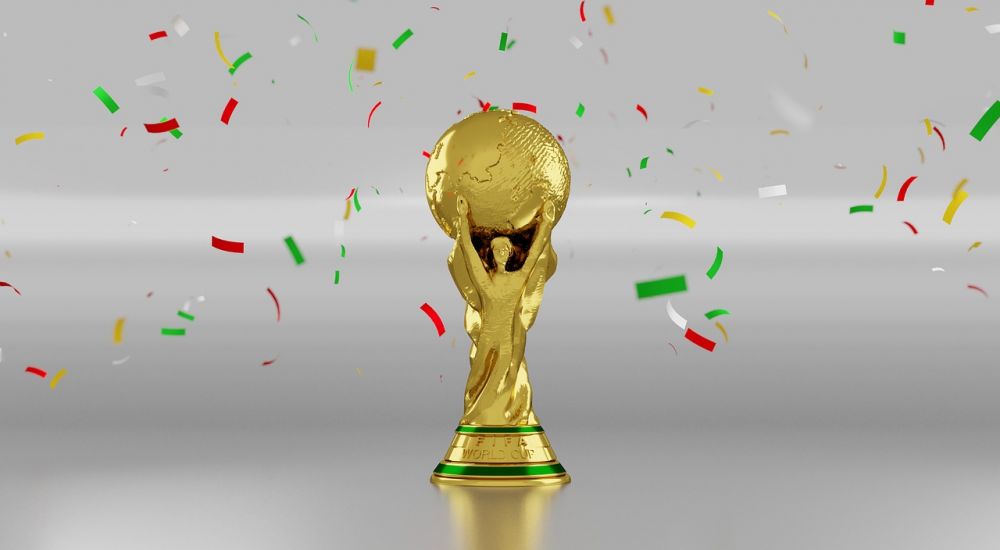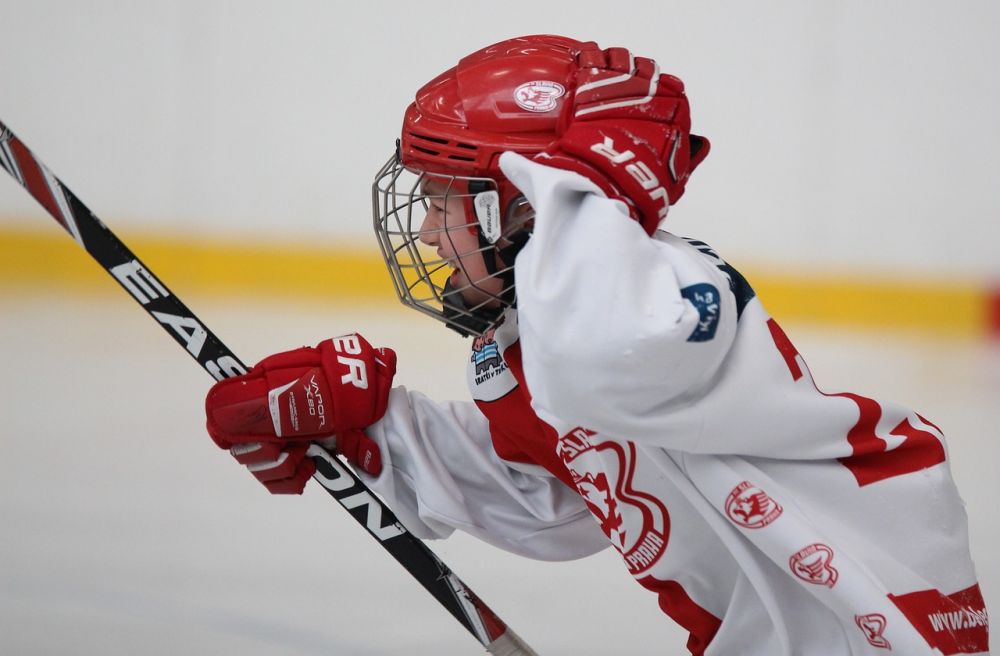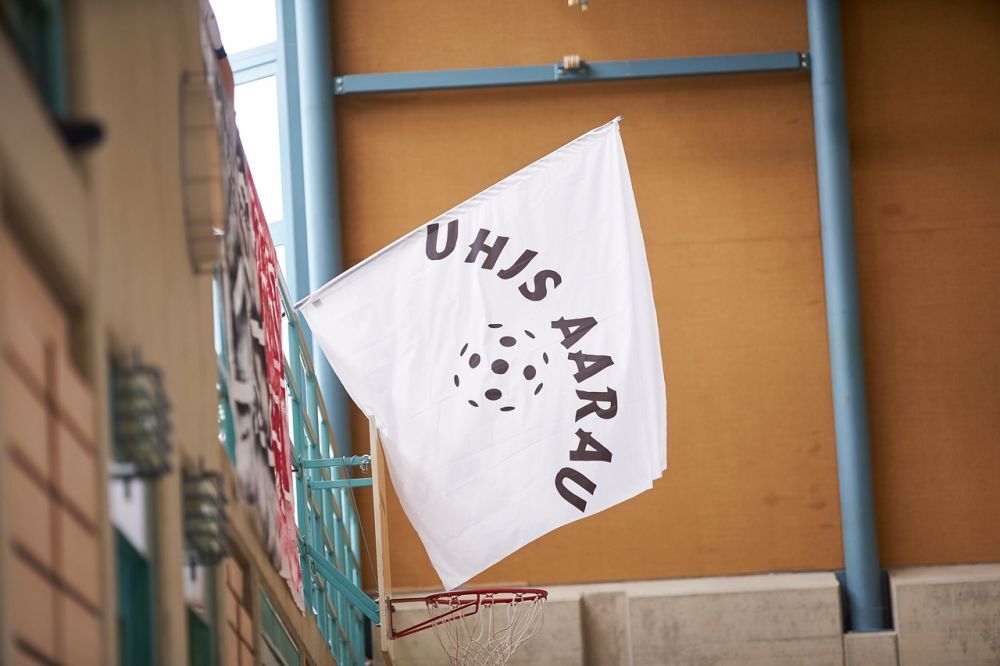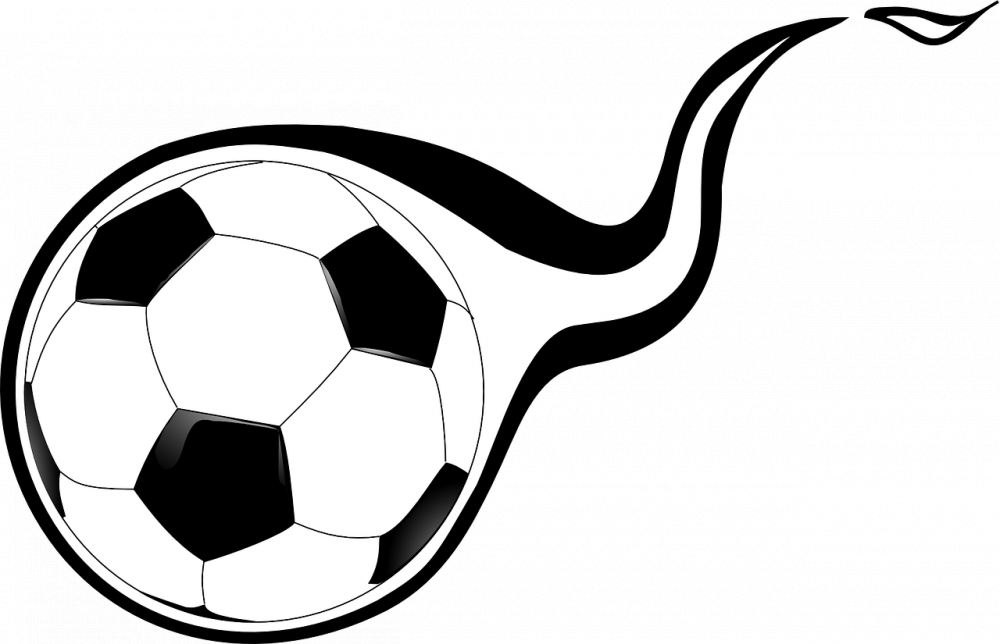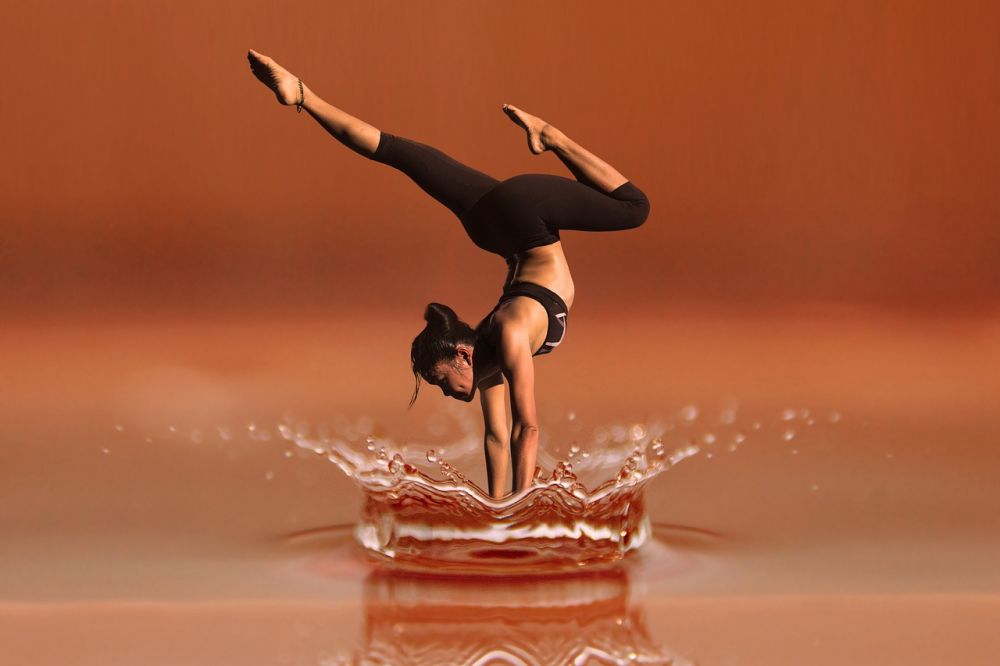Paralympics Curling: Empowering Athletes with Disabilities
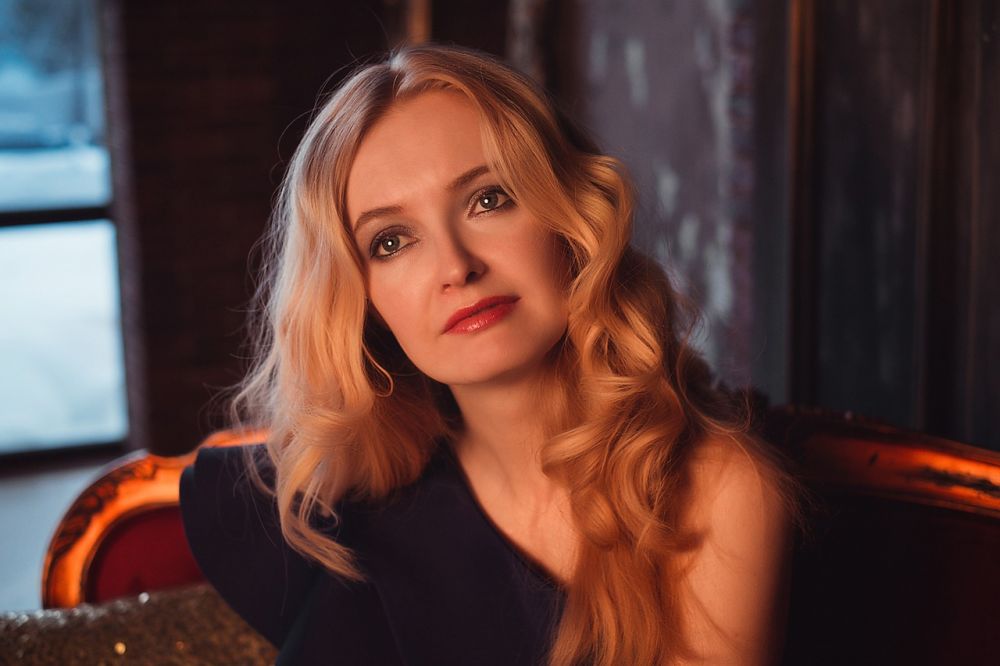
Introduction
Paralympics curling is a highly competitive and captivating sport that provides individuals with disabilities the opportunity to showcase their skills and athleticism on an international stage. Although seemingly simple in its concept, this sport requires a combination of strategy, teamwork, and precision. In this article, we will delve into the world of Paralympics curling, exploring its history, nuances, and the diverse range of athletes who participate.
1. Understanding Paralympics Curling

Paralympics curling, also known as wheelchair curling, is a sport adapted from traditional curling, which originated in Scotland in the 16th century. It consists of two teams, each comprising four players, who take turns sliding stones towards a target area on a rectangular ice sheet. The objective is to score points by placing the stones as close to the center of the target, known as the house, as possible. The team with the highest score after a specified number of ends wins the game.
2. Types of Paralympics Curling
There are several types of Paralympics curling, including:
a) Open Classification: This category includes athletes with a wide range of physical disabilities, such as spinal cord injuries, amputations, or cerebral palsy. Participants use wheelchairs specially designed for curling and employ sweeping techniques to control the stone’s trajectory.
b) Vision Impairment Classification: Participants in this category have varying degrees of visual impairment. They employ sensors on their brooms and receive audio cues to help guide them.
c) Cognitive Impairment Classification: Athletes with cognitive impairments, such as Down syndrome or an intellectual disability, compete in this category. Modified rules and simplified communication strategies are often implemented to ensure fair competition.
3. Quantitative Measurements in Paralympics Curling
To evaluate performance in Paralympics curling, several quantitative measurements are used:
a) Shooting Percentage: This metric quantifies the accuracy of each player’s shots. It calculates the total number of successful shots divided by the total number of attempted shots, expressed as a percentage.
b) Stone Positioning: This measurement assesses the player’s ability to strategically place stones in the desired locations within the house. It considers factors such as distance from the center and angle of approach.
c) Team Score: The total points scored by a team in a game are used to evaluate overall performance.
4. Differentiating Factors in Paralympics Curling
While Paralympics curling fundamentally mirrors traditional curling, there are several notable differences:
a) Delivery Techniques: Athletes use various delivery techniques based on their individual abilities and the type of disability. The adaptation of these techniques enables equal participation for athletes with different physical limitations.
b) Sweeping Techniques: Sweeping plays a significant role in Paralympics curling, aiding in stone movement and speed control. Athletes with various disabilities employ modified sweeping techniques to contribute effectively to the game.
c) Assistive Devices: The utilization of specialized wheelchairs, brooms, and other assistive devices enables athletes to overcome physical barriers and actively participate in the sport.
5. Historical Overview and Pros and Cons of Paralympics Curling
Paralympics curling has seen significant growth and development over the years.
a) Advantages:
– Inclusivity: Paralympics curling provides a platform for individuals with disabilities to engage in competitive sports and foster a sense of community.
– Skill Showcasing: By adapting to individual capabilities, Paralympics curling allows athletes to showcase their skills and compete at an elite level.
– Strategic Engagement: The sport requires athletes to hone their strategic thinking and decision-making abilities, promoting mental agility.
b) Challenges:
– Accessible Facilities: The availability of dedicated curling rinks with appropriate infrastructure remains a challenge in many regions, limiting the sport’s growth.
– Funding and Support: Securing adequate funding and support for Paralympics curling programs can be challenging, affecting opportunities for training and competition.
Conclusion
Paralympics curling embodies the spirit of determination and resilience, offering athletes with disabilities a platform to excel in a sport that demands skill, strategy, and teamwork. As the sport continues to evolve and gain recognition worldwide, it is crucial to support and promote its growth, ensuring that individuals of all abilities have equal access to competitive sports.
